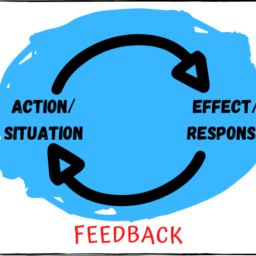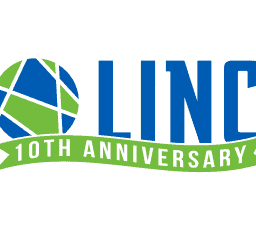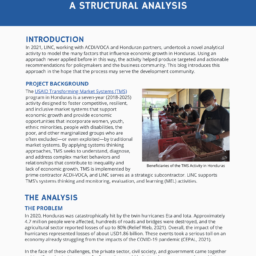Author: Rich Fromer
LINC is proud to see the increasing awareness among the international development community that our work occurs in a complex environment and that we are working to solve “wicked” or “sticky” problems. With this increased awareness in the sector, we are often asked about how LINC defines a “local system,” “local systems change” and a “local systems approach.” After a very productive discussion with one of our partners, we decided to put together some of our thoughts on the subject.
How does LINC define “Local System”? We generally refer to a local system as the local actors and factors that influence or are affected by a complex development problem.
We know that the problems we are working to solve are complex because they meet a few key criteria:
- relationships between the problem and its causes are indirect and not obvious,
- the problem recurs or persists despite our best long-term efforts to solve it,
- the actors and factors behave differently when combined than when apart (they react to one another), and
- the problem itself reacts to our interventions, requiring us to adapt over time.
What is “Local Systems Change”? We really like a definition from Social Innovation Generation that says Local Systems Change is shifting the conditions that are holding the problem in place. We have all seen problems come back after we intervened to improve the situation – sometimes worse than they were before. We have also seen our solutions solve a problem, but create new problems in its place. That is because the Local System is reacting to our interventions to hold the problem in place. To create lasting change – systems change, you need to shift the underlying conditions that keep the problem coming back (including shifting actor beliefs, behaviors, and relationships, and/or factors like rules, goals, power dynamics, resource flows, etc.).
What is a “Local Systems Approach”? In order to create lasting change in a complex problem, you need an approach that enables a holistic view into the context, dynamics and relationships associated with the local system that is holding the complex development problem in place. The role of a donor-funded activity in a local systems approach is to facilitate and strengthen the assets that already exist in the local system and the relationships among those assets.
Some differences between the “conventional” approach and a local systems approach include:
| Conventional Approach | Local Systems Approach |
|---|---|
| Linear logical framework or results framework that assumes we fully understand the problem and can control the context (typically referred to as risks/assumptions in the framework). | Logic model of some type (often visualized into a “systems map”) that incorporates feedback loops and recognizes that the cause-effect relationships are indirect and not obvious. |
| When results are not achieved, it is due to some external actor or factor that was outside of our control and that can be blamed for poor or unsustainable results. | Recognizes that all of the actors and factors within the system (including ourselves) are part of both the problem and the solution, and that we need to change to achieve lasting results. |
| Breaks the activity objective into component parts and works to optimize each of those parts in order to achieve the objective. | Works to improve relationships among the parts contributing to the problem (and/or solution) in order to achieve the objective. |
| The previous two points also combine to a belief that as long as my organization / project continues to achieve its targeted results, we will achieve a sustained improvement in the problem. | By demonstrating how actor’s current ways of interacting may be undermining their individual and collective performance, allow the actors to determine the best ways of collaborating to achieve shared goals. |
| Train or tell actors how to behave for better results. | Facilitate the actors to discover the dynamics of the complex problem and to determine the leverage points that can change the system. |
We understand that systems thinking can be difficult to put into practice, and we are dedicated to supporting development practitioners and social change-makers to apply a local systems approach to their wicked problems.
We hope that you are testing and learning to adopt some of the activities and attitudes in the second column above: incorporate feedback loops into your non-linear logic models; remember that you are part of the system and also need to change in order to create systems change; improve relationships between actors and factors, rather than just seeking to improve each actor or factor separately; keep in mind that no one actor can solve a complex problem by themselves; and facilitate change rather than imposing it.



